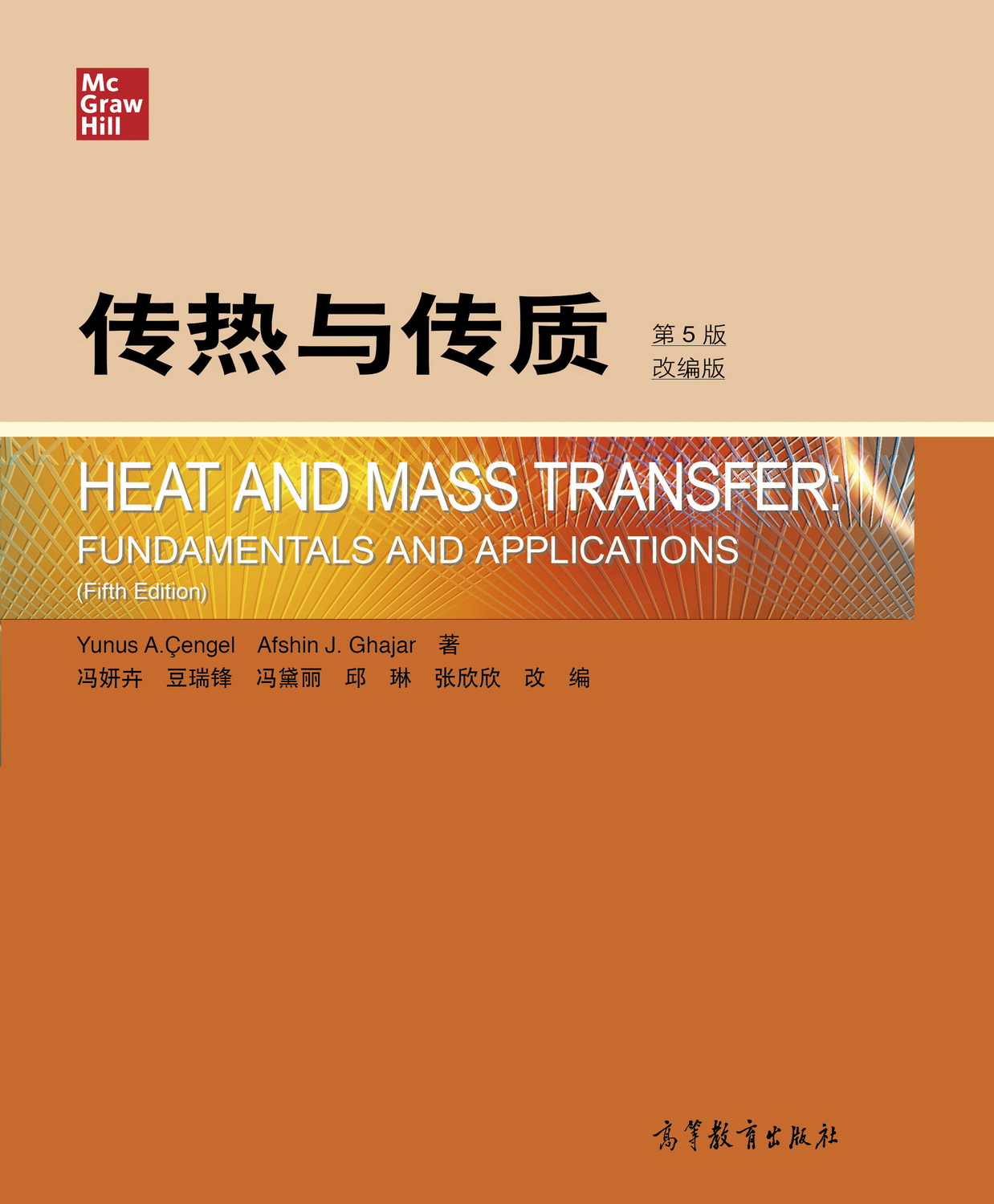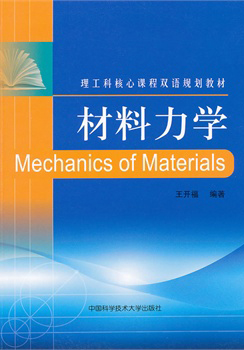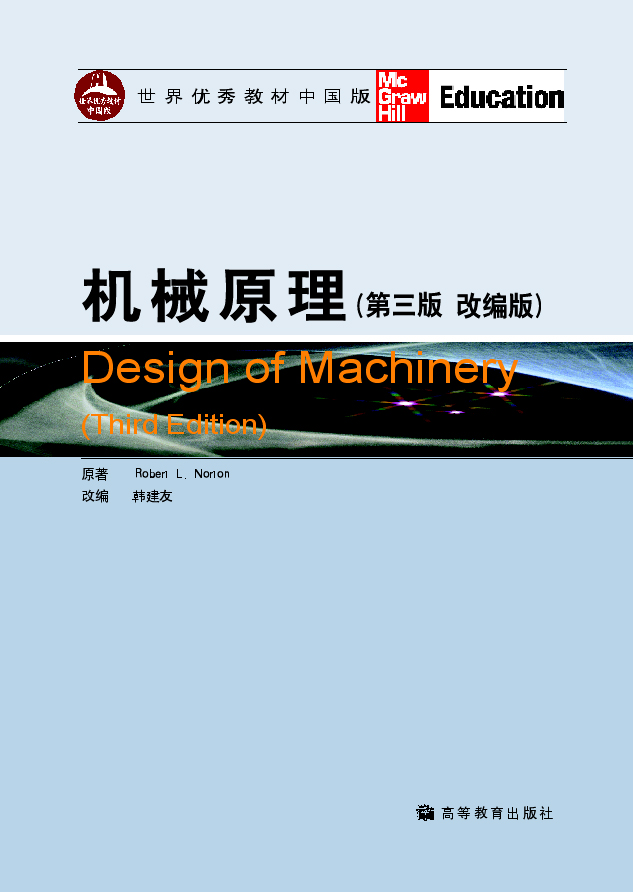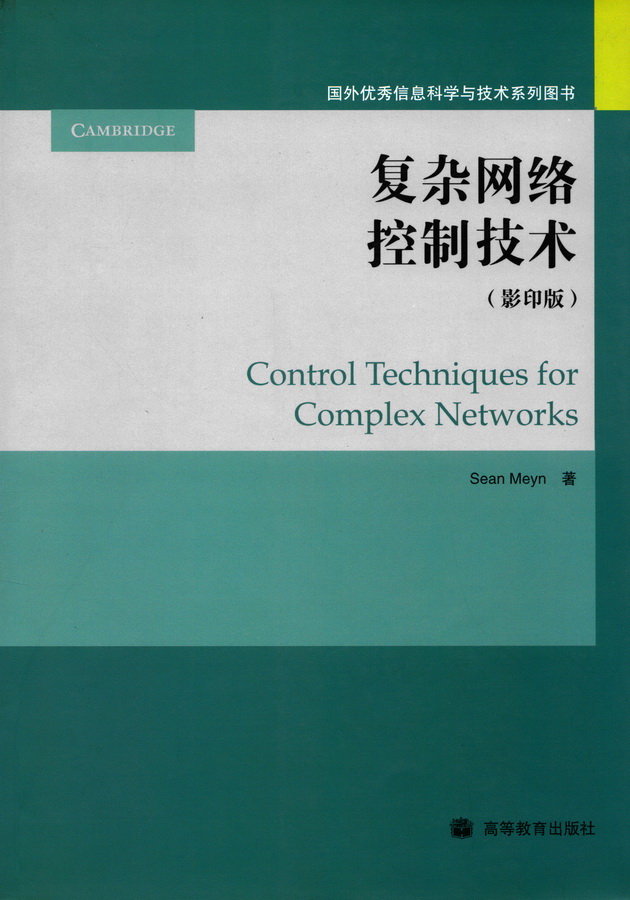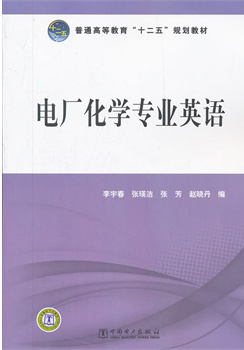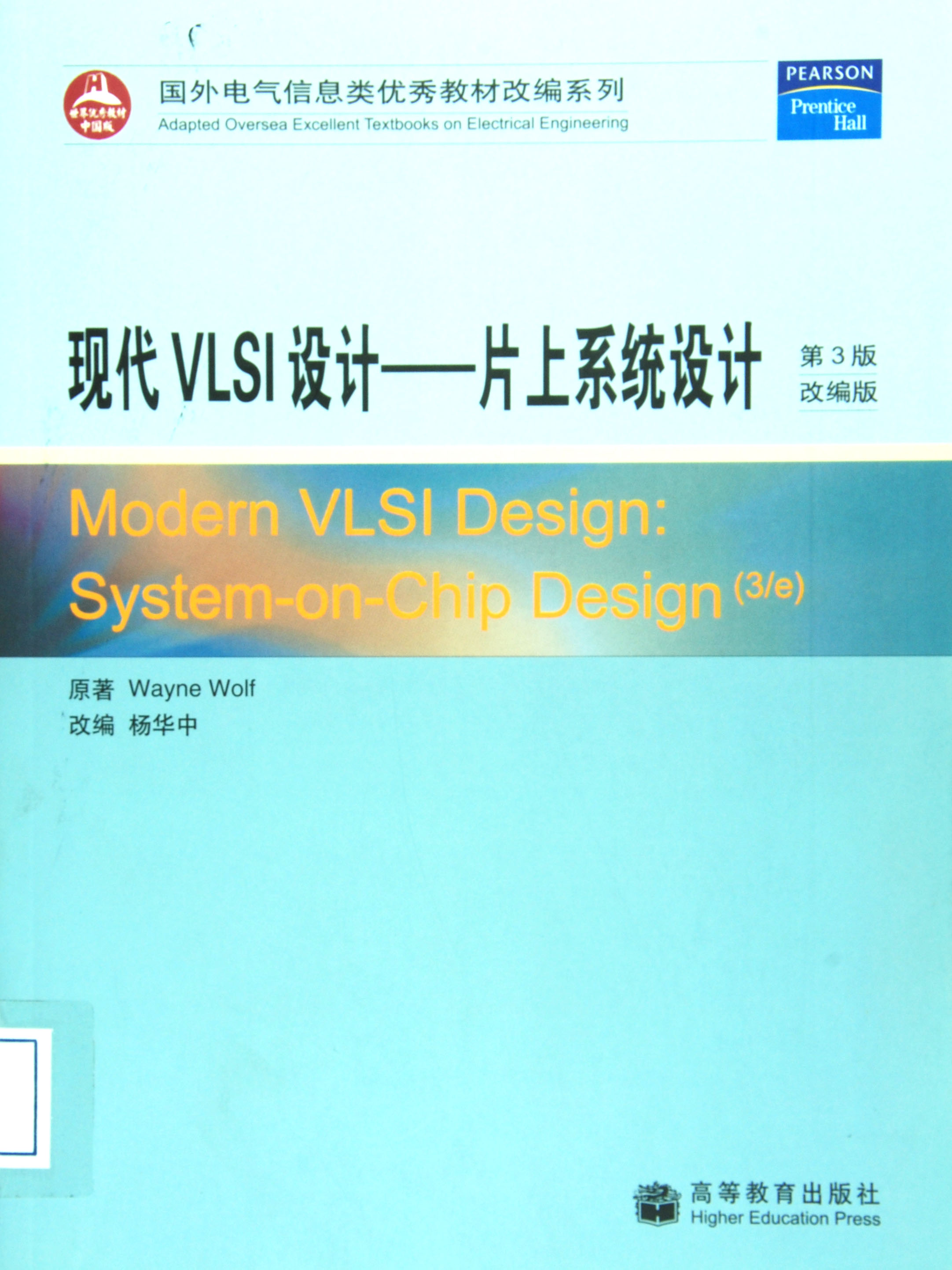传热与传质(第5版) 改编版
作者: YUNUS A.CENGEL AFSHIN J.GHAJAR著;冯研卉等改编
出版时间:2020-04-30
出版社:高等教育出版社
- 高等教育出版社
- 9787040541663
- 2版
- 318786
- 46253065-0
- 平装
- 异16开
- 2020-04-30
- 850
- 676
- 工学
- 动力工程及工程热物理
- 能源动力类、机械类
- 本科
本书由Yunus A engel和Afshin JGhajar编著的《Heat and Mass Transfer:Fundamentals and Applications》(Fifth Edition)改编而成,是在保留原版教材主要知识脉络的基础上,根据我国高等学校能源动力类专业本科人才培养的需要进行取舍、调整、修改和编写而成的。
全书主要内容包括:一维及多维稳态导热、非稳态导热,导热问题的数值求解;层流、湍流状态的强制对流换热,自然对流换热;沸腾和凝结换热;辐射换热;换热器分析计算及传质简介等。附录提供了中英文词汇对照。
本书可作为高等学校能源动力类、机械类、土木类、核工程类等专业开展传热学双语或全英文教学的教材,也可供工程技术人员参考。
前辅文
PREFACE
NOMENCLATURE
CONVERSION FACTORS
CHAPTER ONE INTRODUCTION AND BASIC CONCEPTS
1.1 Thermodynamics and Heat Transfer
1.2 Engineering Heat Transfer
1.3 Heat and Energy Transfer
1.4 The First Law of Thermodynamics
1.5 Heat Transfer Mechanisms
1.5.1 Conduction
1.5.2 Convection
1.5.3 Radiation
1.6 Simultaneous Heat Transfer Mechanisms
Summary
Problems
CHAPTER TWO HEAT CONDUCTION EQUATION
2.1 Introduction
2.2 OneDimensional Heat Conduction Equation
2.3 General Heat Conduction Equation
2.4 Boundary and Initial Conditions
2.5 Solution of Steady OneDimensional Heat Conduction Problems
2.6 Heat Generation in a Solid
2.7 Variable Thermal Conductivity
Summary
Problems
CHAPTER THREE STEADY HEAT CONDUCTION
3.1 Steady Heat Conduction in Plane Walls, Cylinders and Spheres
3.2 Thermal Resistance Network
3.2.1 Multilayer Plane Walls
3.2.2 Multilayered Cylinders and Spheres
3.2.3 Composite Walls
3.3 Critical Radius of Insulation
3.4 Heat Transfer from Finned Surfaces
3.5 Thermal Contact Resistance
3.6 Bioheat Transfer Equation
3.7 Heat Transfer in Common Configurations
Summary
Problems
CHAPTER FOUR TRANSIENT HEAT CONDUCTION
4.1 Lumped System Analysis
4.2 Transient Heat Conduction in Large Plane Walls, Long Cylinders, and Spheres
4.3 Transient Heat Conduction in SemiInfinite Solids
4.4 Transient Heat Conduction in Multidimensional Systems
Summary
Problems
CHAPTER FIVE NUMERICAL METHODS IN HEAT CONDUCTION
5.1 Why Numerical Methods?
5.2 Finite Difference Formulation of Differential Equations
5.3 OneDimensional Steady Heat Conduction
5.4 TwoDimensional Steady Heat Conduction
5.5 Transient Heat Conduction
5.6 Controlling the Numerical Error
Summary
Problems
CHAPTER SIX FUNDAMENTALS OF CONVECTION
6.1 Physical Mechanism of Convection
6.2 Classification of Fluid Flows
6.3 Velocity Boundary Layer
6.4 Thermal Boundary Layer
6.5 Laminar and Turbulent Flows
6.6 Differential Convection Equations
6.7 Nondimensionalized Convection Equations and Similarity
6.8 Functional Forms of Friction and Convection Coefficients
6.9 Analogies Between Momentum and Heat Transfer
Summary
Problems
CHAPTER SEVEN FORCED CONVECTION
7.1 External Forced Convection
7.1.1 Parallel Flow over Flat Plates
7.1.2 Flow Across Cylinders and Spheres
7.1.3 Flow Across Tube Banks
7.2 Internal Forced Convection
7.2.1 Average Velocity and Temperature
7.2.2 The Entrance Region
7.2.3 General Thermal Analysis
7.2.4 Laminar Flow in Tubes
7.2.5 Turbulent Flow in Tubes
Summary
Problems
CHAPTER EIGHT NATURAL CONVECTION
8.1 Physical Mechanism of Natural Convection
8.2 Natural Convection over Surfaces
8.3 Natural Convection inside Enclosures
8.4 Combined Natural and Forced Convection
8.5 Natural Convection in the NearCritical Region
Summary
Problems
CHAPTER NINE BOILING AND CONDENSATION
9.1 Boiling Heat Transfer
9.2 Pool Boiling
9.3 Flow Boiling
9.4 Condensation Heat Transfer
9.5 Film Condensation
9.6 Film Condensation inside Horizontal Tubes
9.7 Dropwise Condensation
Summary
Problems
CHAPTER TEN FUNDAMENTALS OF THERMAL RADIATION
10.1 Introduction
10.2 Thermal Radiation
10.3 Blackbody Radiation
10.4 Radiation Intensity
10.5 Radiative Properties
10.6 Atmospheric and Solar Radiation
Summary
Problems
CHAPTER ELEVEN RADIATION HEAT TRANSFER
11.1 The View Factor
11.2 Radiation Heat Transfer: Black Surfaces
11.3 Radiation Heat Transfer: Diffuse, Gray Surfaces
11.4 Radiation Shields and the Radiation Effects
11.5 Radiation Exchange with Emitting and Absorbing Gases
Summary
Problems
CHAPTER TWELVE HEAT EXCHANGERS
12.1 Types of Heat Exchangers
12.2 The Overall Heat Transfer Coefficient
12.3 Analysis of Heat Exchangers
12.4 The Log Mean Temperature Difference Method
12.5 The EffectivenessNTU Method
12.6 Selection of Heat Exchangers
Summary
Problems
CHAPTER THIRTEEN MASS TRANSFER
13.1 Introduction
13.2 Analogy between Heat and Mass Transfer
13.3 Mass diffusion
13.4 Two Typical Mass Diffusion Cases
13.5 Mass Convection
13.6 Simultaneous Heat and Mass Transfer
Summary
Problems
APPENDIX 1 PROPERTY TABLES
Table A.1 Molar Mass, Gas Constant, and Idea gas Specific Heats of Some Substances
Table A.2 Boiling and Freezing Point Properties
Table A.3 Properties of Solid Metals
Table A.4 Properties of Solid Nonmetals
Table A.5 Properties of Building Materials (at a Mean Temperature of 24℃)
Table A.6 Properties of Insulating Materials (at a Mean Temperature of 24℃)
Table A.7 Properties of Common Foods
Table A.8 Properties of Miscellaneous Materials (Values are at 300 Kunless Indicated otherwise)
Table A.9 Properties of Saturated Water
Table A.10 Properties of Saturated Refrigerant134a
Table A.11 Properties of Saturated Ammonia
Table A.12 Properties of Saturated Propane
Table A.13 Properties of Liquids
Table A.14 Properties of Liquid Metals
Table A.15 Properties of Air at 1 atm Pressure
Table A.16 Properties of Gases at 1 atm Pressure
Table A.17 Properties of the Atmosphere at High Altitude
Table A.18 Emissivities of Surfaces
Table A.19 Solar Radiative Properties of Materials
APPENDIX 2 ENGLISHCHINESE GLOSSARY
REFERENCES

